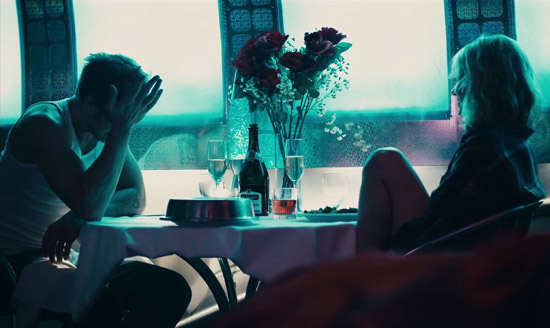
Perhaps love is art’s first source of inspiration, if art had not been originally created so as to satisfy the irresistible need of externalizing love feelings and ineffable desires. Since its inception, the seventh art has extensively dealt with romance, offering humanity numerous iconic love stories.
A psychological aspect of human nature quests for contentment in the idealized love. Nevertheless, several romantic films exceed this intellectual boundary, aiming to capture the quintessence of realistic romance. The 10 movies listed below hold out against the established cinematic portrayal of love and expose the raw beauty of relationships.
10. Blue Valentine (2010)
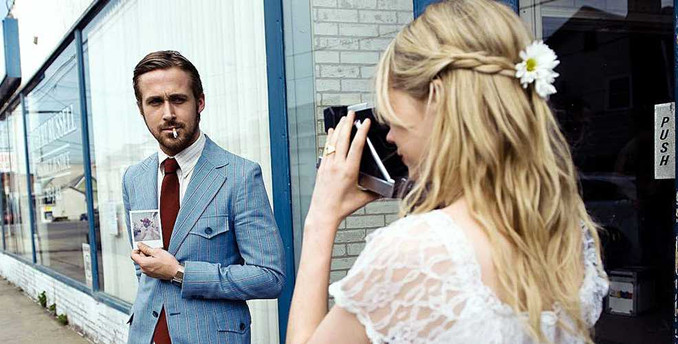
Beverly Nichols had said, “Marriage is a book in which the first chapter is written in poetry and the remaining chapters in prose.” “Blue Valentine” is a filmic creation that renders the content of this phrase in its entirety.
One day, Dean (Ryan Gosling) and Cindy (Michelle Williams) meet each other, as it usually happens. They are young, hardworking and in love. Their relationship is ensued by marriage, and marriage is quickly ensued by the birth of a daughter. In a short period of time, both of them find their lives instated according to a conventional norm.
Dean has Cindy, Cindy has Dean, and life goes on. However, progressively during this course Cindy becomes distant from her former motivations that resulted in her current lifestyle. Dean, by contrast, watches his frustrated wife drifting away; through his efforts to bring her close, he loses himself and is overwhelmed by his weaknesses.
The movie illustrates in parallel the past and the present of Dean and Cindy, in search of the reasons behind the decay their love story. What went wrong? Nothing is able to stay intact by the ravages of time, neither body nor mind. Sometimes valuable things lose their beauty covered by a thick layer of dust and unfulfilled hopes look more like yearnings, if they stay grounded somewhere in the past.
This film is not the one to watch the night before getting married. Still, it would be wise to keep in mind that red is not Valentine’s all-time favorite.
9. Scenes from a Marriage (1974)
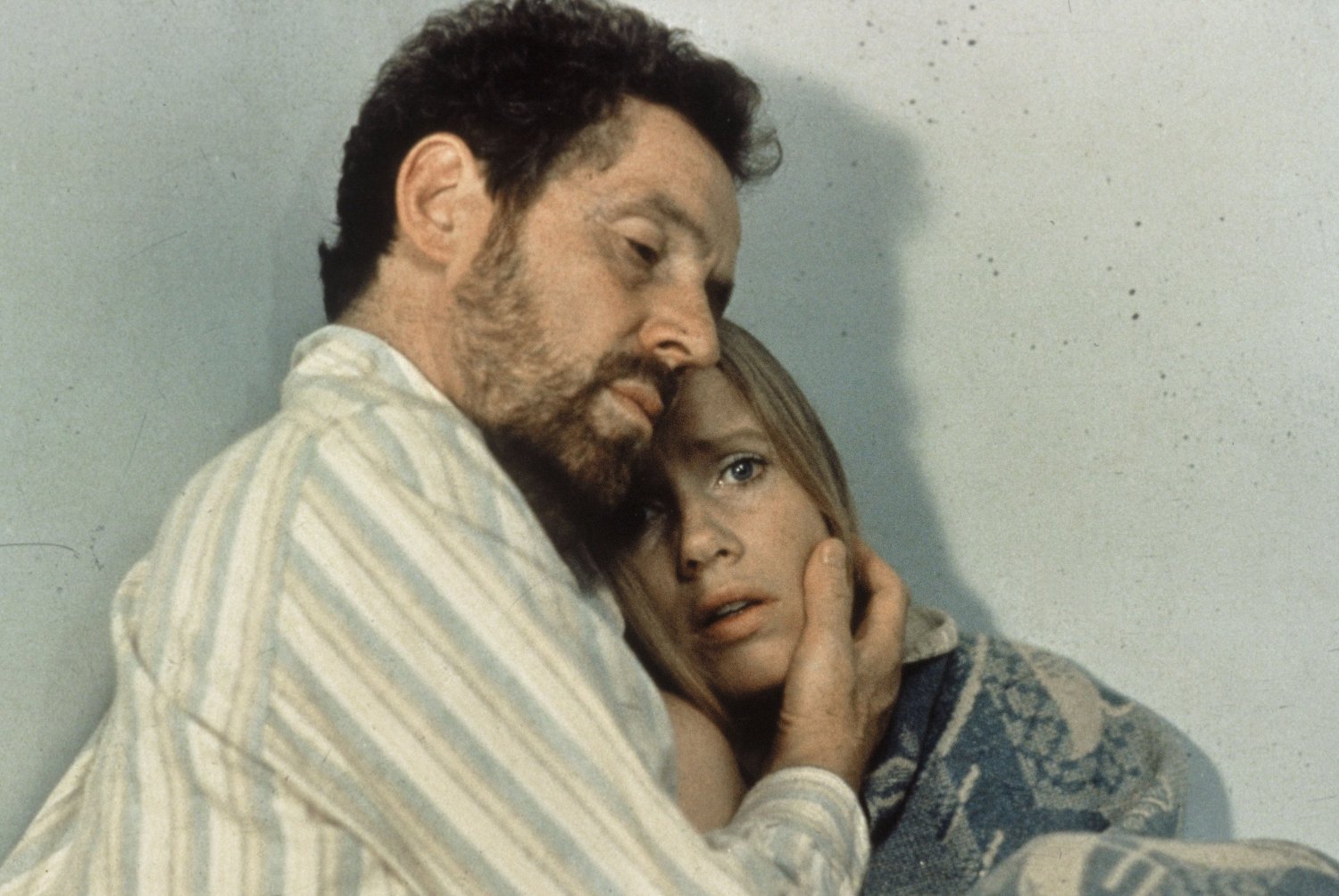
Marianne (Liv Ullmann) and Johan (Erland Josephson) have been married for 10 years. The typical problems of married couples are present in their daily routine, but they handle them discreetly. Until out of the blue, Johan announces that he has fallen for another woman and he wants to divorce Marianne. After a long conversation with his wife, Johan confesses that he has been deeply dissatisfied with their scheduled lives and conventional obligations.
Johan is gone and Marianne is helpless. Henceforth, they begin a reverse course from one another. Marianne takes her time to be emancipated from her ex-husband, while Johan is more and more uninterested in his new partner and starts to feel partially regretful for deciding this separation. The ex-couple meets from time to time, under different circumstances, and every time they react differently, experiencing all the stages possible.
“Scenes from a Marriage” is a study on long-term partnership that questions the necessity of commitment. The marriage of Marianne and Johan collapsed, but the bond between them was never destroyed. Their relationship became much more vivid and introspective after losing each other. Although at the beginning of the film Johan described himself with brilliant words, during the ending of his marriage he was dubious about his personal achievements in life.
Ingmar Bergman approaches the subject with sincerity, portraying incisively a lifetime relationship. Two partners who shared their lives can never be separate, even if they are remarried with others. The memories, the familiarity, and the deep interest never fade away. Still, there is a big concern articulated in this film: how anyone can find out the optimal way to make good use of his lifetime.
8. A Swedish Love Story (1970)
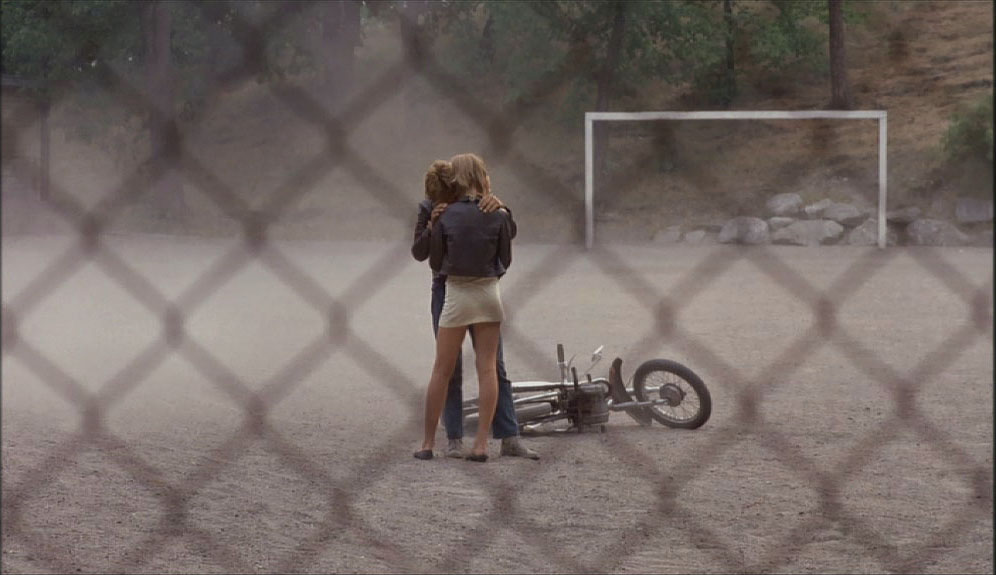
Youth is distinguished by a kind of innocent beauty that gradually fades away during adulthood. Roy Andersson’s “A Swedish Love Story” is a prompt reminder of youth’s fresh perspective on life and love.
Two adolescents find each other in an apathetic world that is drowned into trouble and misery. The parents of Annika and Pär fight with internal demons, disregarding the problems of their children. Through a primary erotic relationship, the protagonists create their own intellective world which is free of teenage patterns and conventional ambitions. The young couple shares emotion and tenderness, despite the surroundings’ discouraging attitude.
The ignored love story of Annika and Pär seems like a valuable gem lost in a muddy field. The excessively beautiful faces of the two children visualize the grace of their pure, romantic souls. Moreover, the impressive scenery of Swedish countryside, where their romance mostly takes place, looks like an opposition of the real, disappointing world.
7. Once (2007)
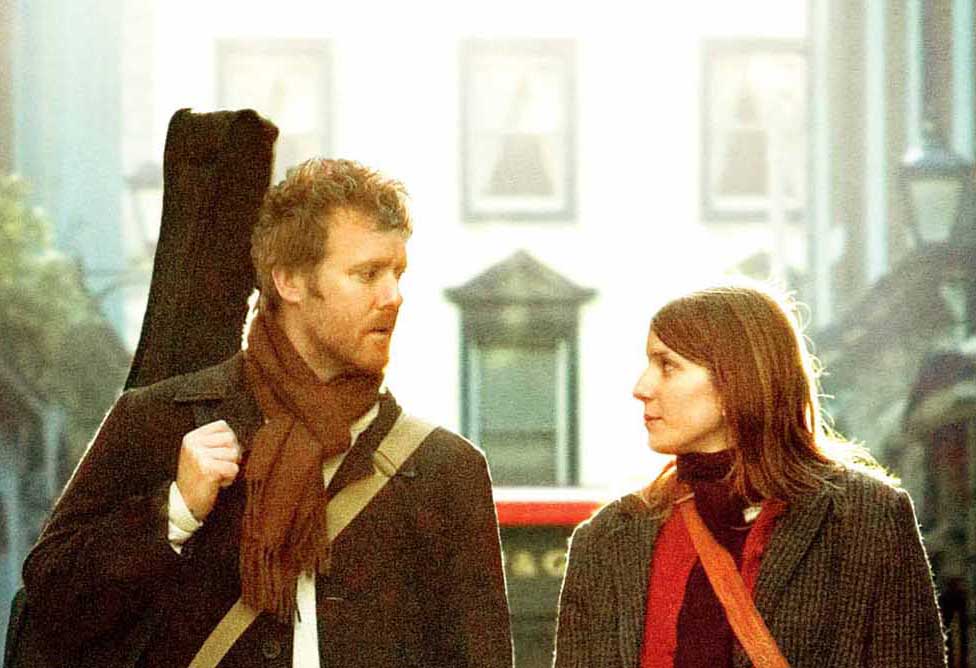
She is an immigrant, he is a street singer. Their names are never mentioned. He performs in the streets of Dublin and she stops to watch. Both of them are passionate about music. The story follows them walking. They visit a music store where she plays the piano; now it is his turn to watch. This scene, in its simplistic beauty, depicts the mystery of falling in love.
In the process, she helps him to record a demo and introduces him to her mother and daughter. He is surprised to learn that she is a married mother, but he also introduces her to his father who makes a living by fixing vacuum cleaners. He decides to buy for her a piano, and he does. Before their paths separate as simply as they were intersected, he asks if she still loves her husband and she answers in her native language.
“Once” is the story of two people being silently in love. They share a short, authentic relationship and express their emotions without pretentiousness and hyperbole. They know and respect that life is not only about romance and music; sometimes real people have to focus on surviving, stay with their parents, leave a spouse in another country, and even worry about fixing a broken vacuum cleaner.
The priceless value of this film lies in the fact that it exemplifies a realistic story about everyday people that has possibly happened countless times, in one way or another. The wandering of these two nameless people in Dublin is one of the most romantic stories of the big screen.
6. Léon Morin, Priest (1961)
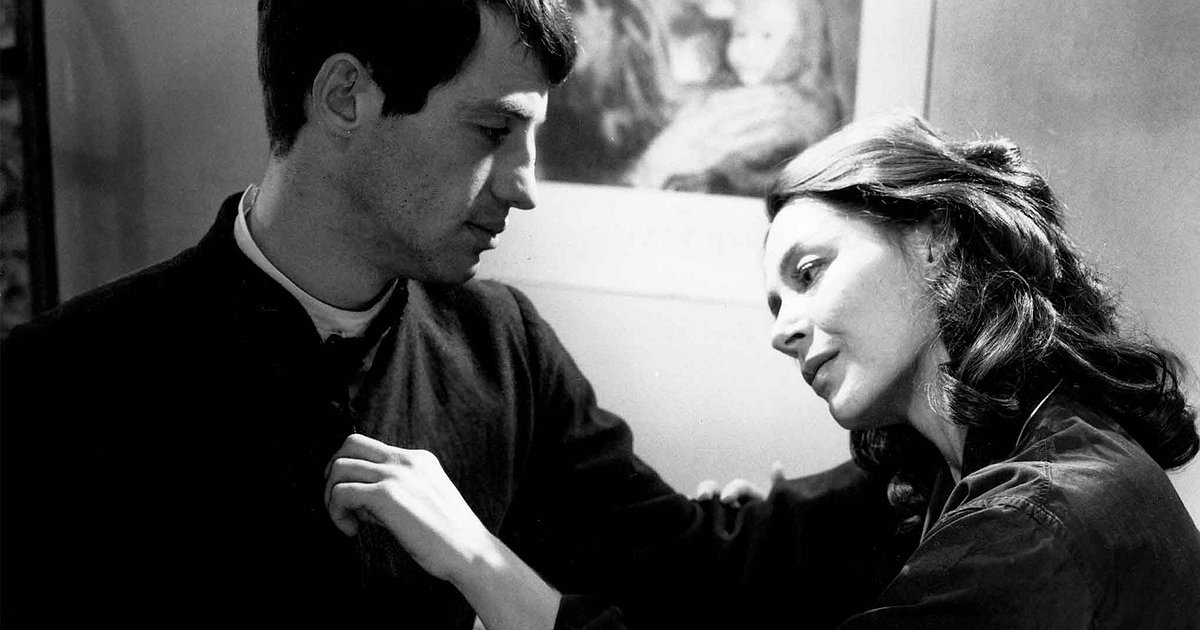
Jean-Pierre Melville, one of the leading figures of the Nouvelle Vague, had focused his attention on crime. In 1961, Melville put under a microscope a much different topic and thus, his exceptional film “Léon Morin, Priest” occurred.
During the German occupation of France, Barny (Emmanuelle Riva), an atheist communist feels challenged to reconsider her hostility toward religion by an attractive Catholic priest (Jean-Paul Belmondo). After Barny’s first confession, she meets Léon in his room regularly in order share discussions on religion and ethics.
What could lead an adult female to question her solid perceptions? Barny is a young widowed mother at the peak of her sensuality and she clarifies this fact, mentioning her attraction to a charming woman. Léon stays focused on the theoretical scope of his interaction with Barny; even if he experiences sexual tension, he never makes it obvious. Of course, the spectator is motivated to comprehend Léon’s deeper thoughts and desires.
Although it is hard to forget Riva’s gentle eyes seeking a response from a man who she incurably desires, a happy ending to this platonic romance could never happen. The film is set at an optimal space-time and social framework in order to prove that inherent aptitude and faith are inextricable from humankind psychology and even more, they are different aspects of the same coin. Some people choose to share their life with mates, some others dedicate it; the scope is to love and be loved in both of the cases.